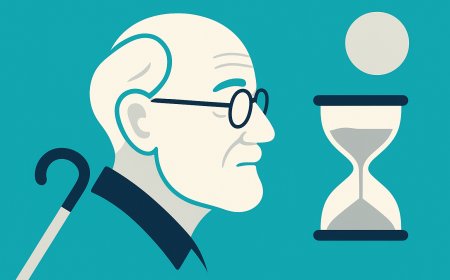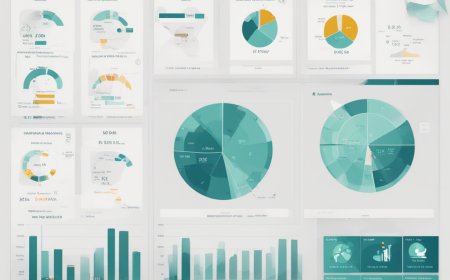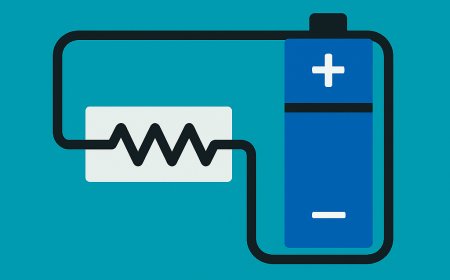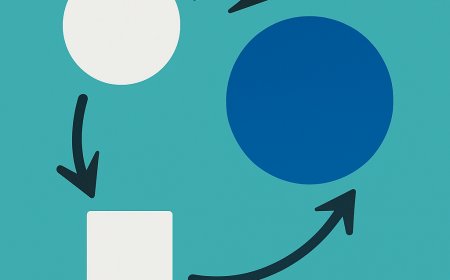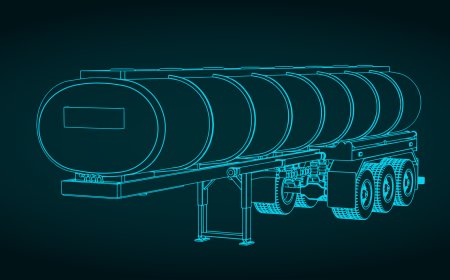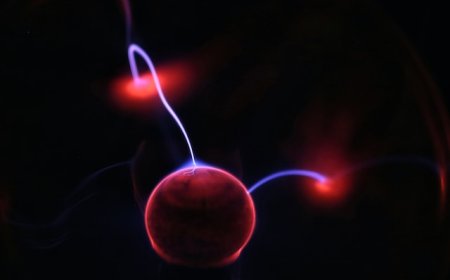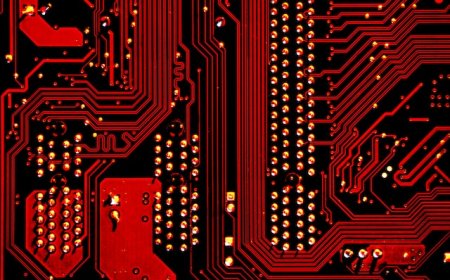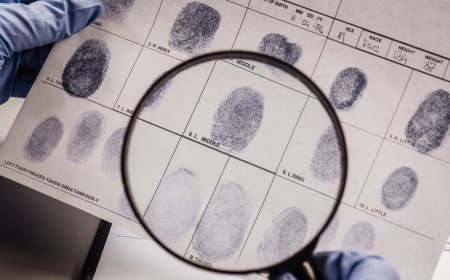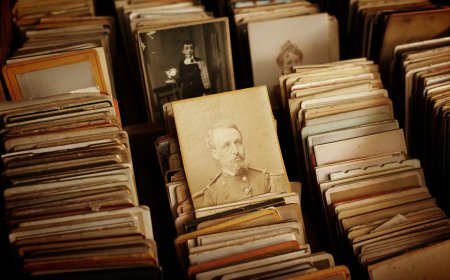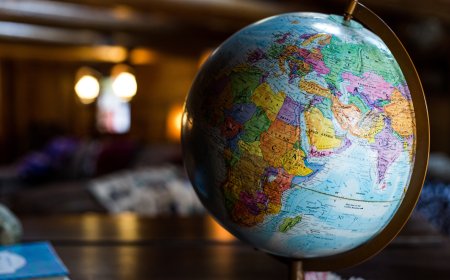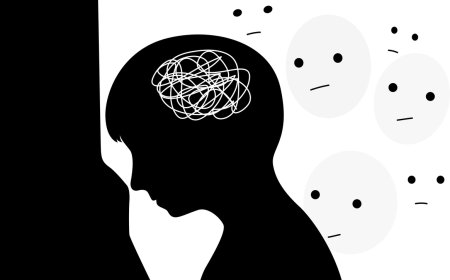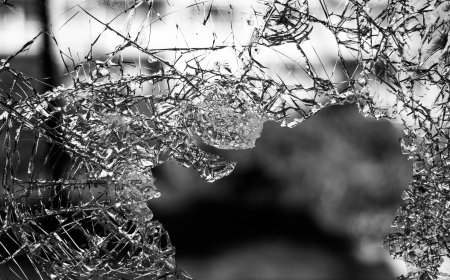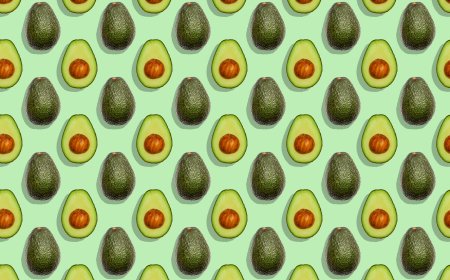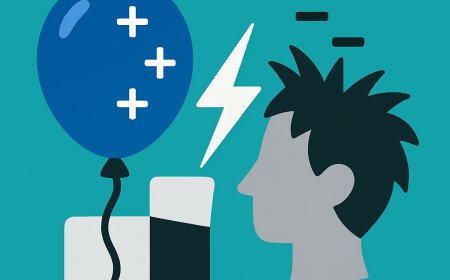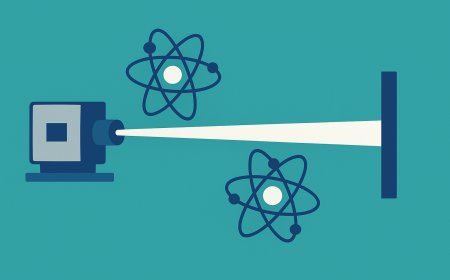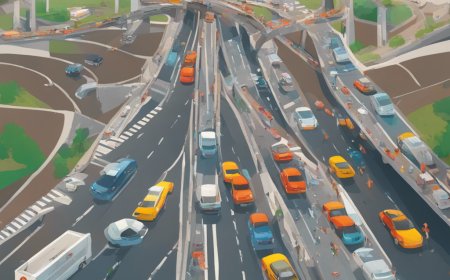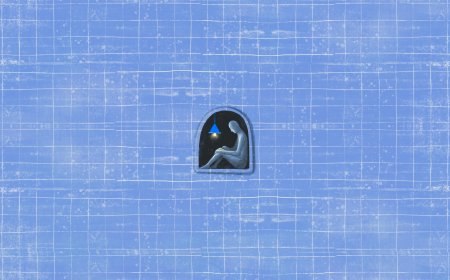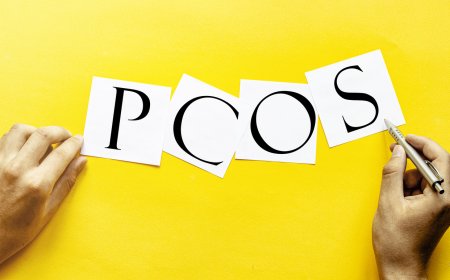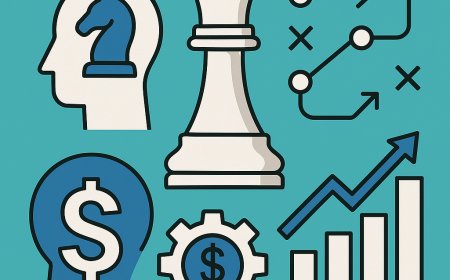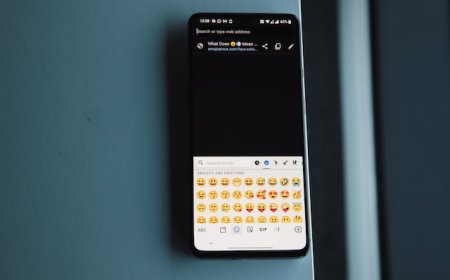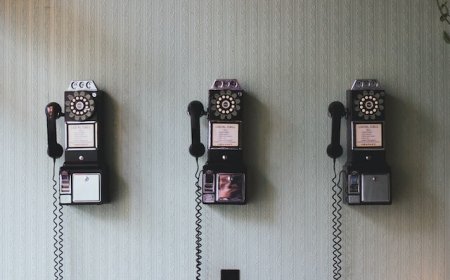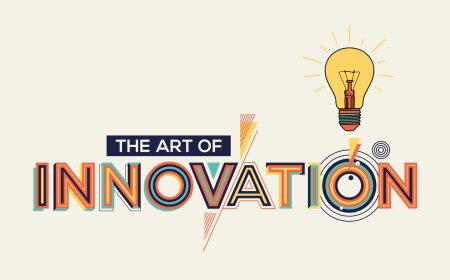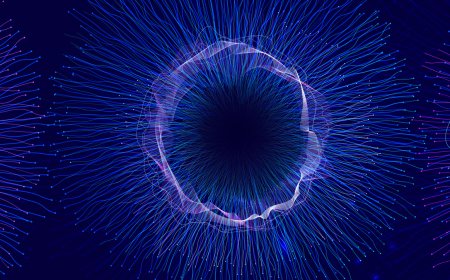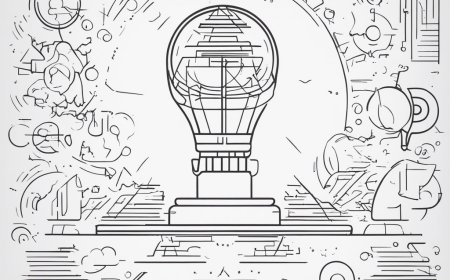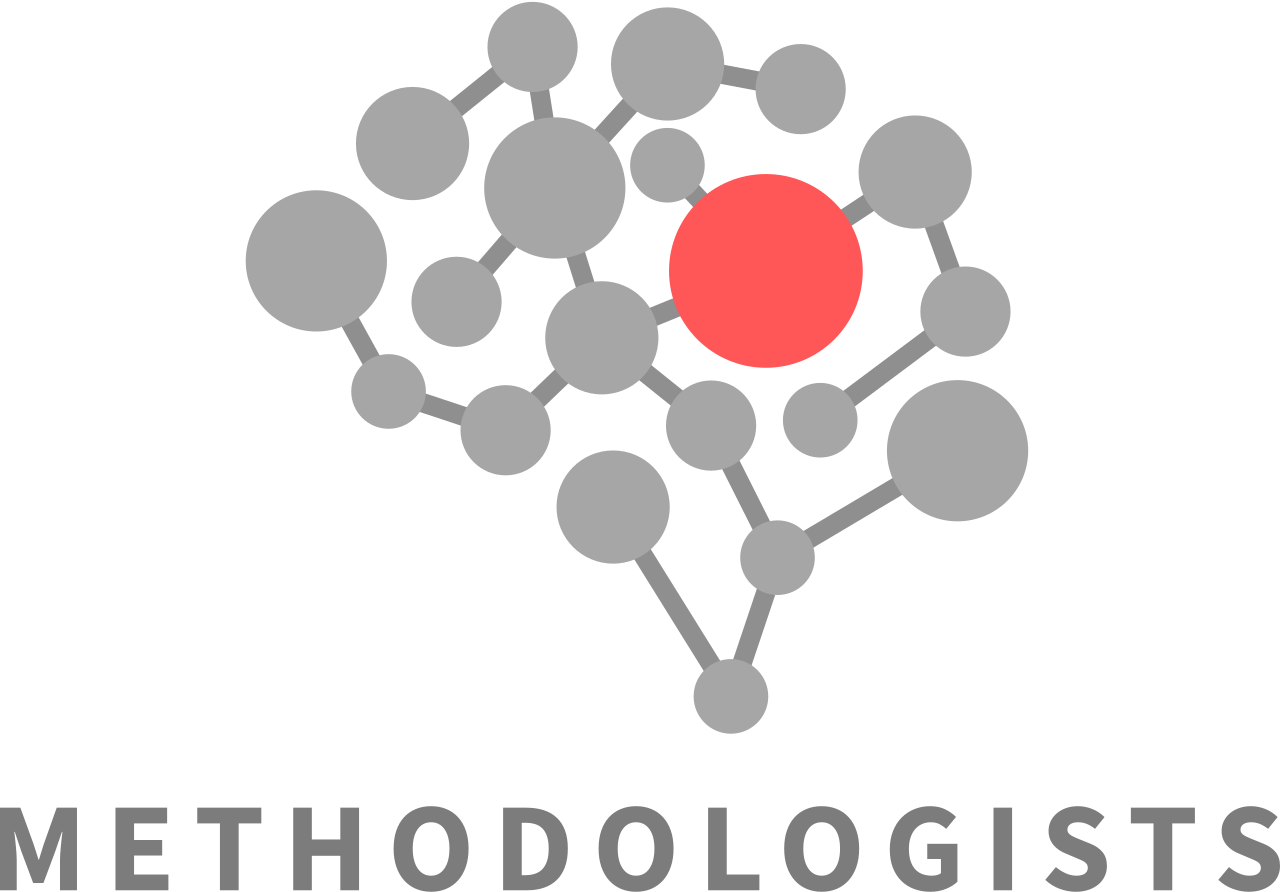Quantum Entanglement: The Invisible Threads Shaping the Future of Communication
Explore quantum entanglement, the phenomenon linking particles across distance, its history, experiments, and applications in communication, computing and the quantum internet.

Quantum Entanglement: The Invisible Threads Shaping the Future of Communication
Imagine two coins that always show opposite faces no matter how far apart you separate them. Flip one and it always forces the other to show the complementary side, even if one is on Earth and the other on the far side of the galaxy. This thought experiment captures the essence of quantum entanglement, a phenomenon in which the properties of two or more particles become linked so that measuring one instantly influences the state of the other. It is a counterintuitive aspect of quantum mechanics that puzzled even Albert Einstein, who famously dismissed it as "spooky action at a distance," but it is now one of the central pillars of the emerging field of quantum information.
A Brief History of Entanglement
Entanglement arises naturally from the mathematical rules of quantum mechanics. In the 1930s, Einstein, Boris Podolsky and Nathan Rosen (EPR) published a paper arguing that if quantum mechanics were complete, it must allow two distant particles to have correlated properties that seemingly violate the principles of locality. This EPR paradox suggested that either quantum mechanics was incomplete or that something fundamentally different about the universe was at play. Several decades later, physicist John Bell formulated inequalities showing how correlations predicted by quantum mechanics differed from any possible local hidden‑variable theory. Bell’s theorem provided a testable way to see if "spooky action" truly exists.
Experiments in the 1970s and 1980s began to test Bell’s inequalities using pairs of entangled photons. Alain Aspect and his colleagues performed definitive tests showing that the quantum predictions matched reality while local hidden‑variable theories did not. Subsequent experiments have repeatedly confirmed the nonlocal correlations predicted by entanglement using photons, electrons, superconducting qubits and even molecules and small diamonds. In 2022, the Nobel Prize in Physics was awarded to Alain Aspect, John Clauser and Anton Zeilinger for their pioneering experiments that sealed the case for entanglement. Far from being an oddity, entanglement is now seen as a resource that can be harnessed to do things impossible in classical physics.
What Entanglement Is — and What It Is Not
When two particles are entangled, the joint state of the system is known with maximum precision, yet the individual states of the particles may be undetermined until measurement. For example, two entangled photons might have correlated polarizations. Measuring the polarization of one determines the polarization of its partner, but until the measurement occurs each photon has no definite polarization on its own. Importantly, while entanglement produces correlations between distant events, it does not allow faster‑than‑light communication or violate causality. You cannot control the outcome of the measurement on one photon to send a signal to the other; the correlations simply reveal that their properties were linked when the pair was created.
Engineering Entangled States
Generating entanglement typically involves interactions that couple two particles together. In optics, entangled photons are produced through processes such as spontaneous parametric down‑conversion, in which a laser beam passing through a nonlinear crystal splits into pairs of photons whose polarizations or energies are correlated. In solid‑state systems, entanglement is created by coupling electrons through superconducting circuits or by using the spin interactions between nuclei and electrons in atoms or molecules. Researchers have even entangled macroscopic objects, such as the vibrational states of tiny diamonds, showing that quantum correlations can persist beyond the atomic scale.
Maintaining entanglement requires isolating the system from external disturbances. Any interaction with the environment can cause decoherence, destroying the delicate quantum correlations. Experimentalists use cryogenic temperatures, vacuum chambers and electromagnetic shielding to preserve entanglement long enough to perform measurements or operations. Scaling up entanglement to many particles is a major challenge facing quantum technology developers.
Applications: From Communication to Computing
Quantum communication. Entanglement enables quantum key distribution (QKD), a method of creating shared secret keys for encryption that is guaranteed secure by the laws of physics. In protocols like Ekert’s scheme, two users share entangled pairs of photons and derive identical keys by measuring their polarizations. Any attempt by an eavesdropper to intercept the photons disturbs the entanglement, revealing the intrusion. QKD networks already operate between cities and via satellites, offering ultra‑secure communications for banking and government.
Quantum teleportation. Entanglement makes it possible to transfer the state of a quantum particle from one location to another without physically moving the particle. Quantum teleportation uses an entangled pair shared between two parties and a set of classical communications to reconstruct the original quantum state at the receiver. This process does not transmit energy faster than light, yet it lets quantum information be "teleported" across long distances, forming a crucial building block for quantum networks.
Quantum computing. Entangled qubits are the core resource for quantum computers. Algorithms like Shor’s factoring method and Grover’s search exploit entanglement and interference to process information in ways that outperform classical computers for certain tasks. Building reliable, large‑scale quantum computers requires entangling many qubits and protecting them from errors, a feat that is still a work in progress.
The quantum internet. Perhaps the most ambitious application is the quantum internet—a network of quantum devices connected by entanglement. Such a network would allow distributed quantum computation, unhackable communication and sensors with unprecedented precision. Researchers have entangled nodes separated by kilometers of optical fiber and even between a ground station and a satellite, hinting at the feasibility of global quantum links.
Challenges and Outlook
Despite its promise, harnessing entanglement on demand is difficult. Entangled states are fragile, and environmental noise can easily destroy them. Creating entanglement over long distances requires quantum repeaters, devices that use entanglement swapping and error correction to extend quantum correlations across a network. Scientists are also exploring solid‑state defects, trapped ions and neutral atoms as platforms for scalable entanglement generation.
The growing ability to create and manipulate entangled systems is reshaping our understanding of nature. By showing that the universe is fundamentally nonlocal, entanglement forces us to abandon classical intuitions about separable objects. At the same time, it offers unparalleled opportunities for secure communication, powerful computation and high‑precision measurement. The invisible threads of quantum entanglement are poised to weave a new technological fabric that will transform how we communicate and process information in the decades to come.
What's Your Reaction?







